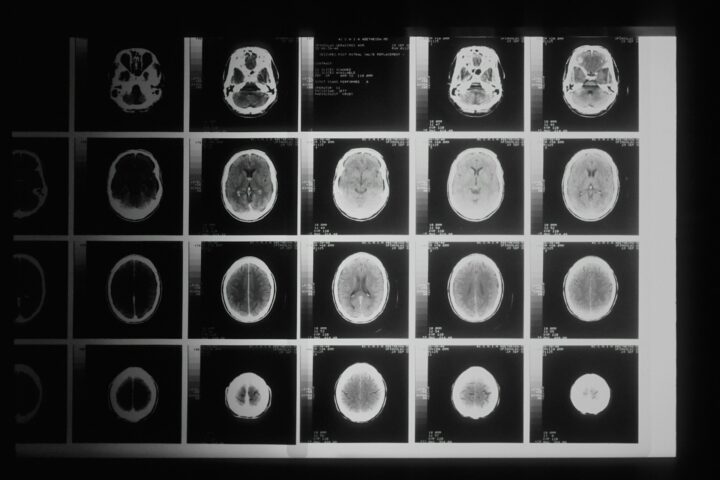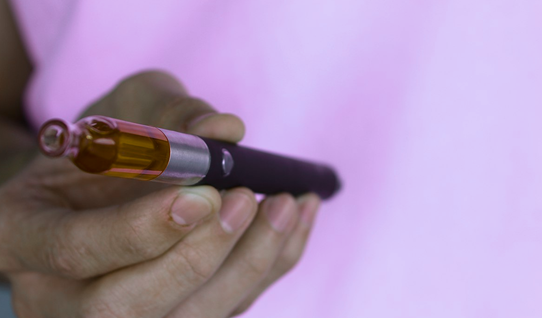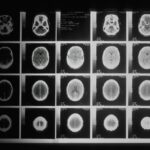The HSE states that Legionella risk assessment needs to identify whether: Water is stored or re-circulated as part of your system. The water temperature in some or all parts of the system is between 20–45 °C. There are sources of nutrients such as rust, sludge, scale and organic matters.
A health risk exists if Legionella bacteria is in the water. The system has a transfer gradient of at least 100 mm per metre between the cold source (where the water is stored or re-circulated) and the hot-water taps. It is reasonable to assume that all new systems will comply with the transfer gradient.
Notable is that the risk assessment should start with the source before moving to the distribution system.
A standard process
The process of assessment should be a standard for each system. It should be able to track the who, what, where and when. It should also include:
- Inspection
- Measurement of the water temperature
- If the system is of a closed loop or non loop system.
- If the system is at a risk of contamination.
- If the system is fitted with anti-calcification stone filters.
This should include possible interferences, so much data will need to be collected that it is impossible in one inspection. The inspector will need to be provided with a checklist. This should be updated each time an inspection is carried out.
Critical elements to identify include:
- Where the system is located and what is located in the area.
- What intervention by man or nature that may affect the environment such as corrosion or leaks.
- The quality of the water.
Good record keeping will help the inspector get further with the investigation and help with the decision making. A good record will also help the inspector with reducing the risk.
All too often, there is a belief that if a risk assessment has not taken place, then it has not been inspected. This is not true.
The purpose of a risk assessment is not an end result, but rather a continual process of identifying if:
- A system is treating the water to the standards
- The treatment of the water is effective
- A system leaks
- A system is at risk of contamination
- A system is growing Legionella bacteria
- Is there any corrosion
All this may influence the design of and investment in a system. A risk assessment should identify if alternative options are better than the existing.
















